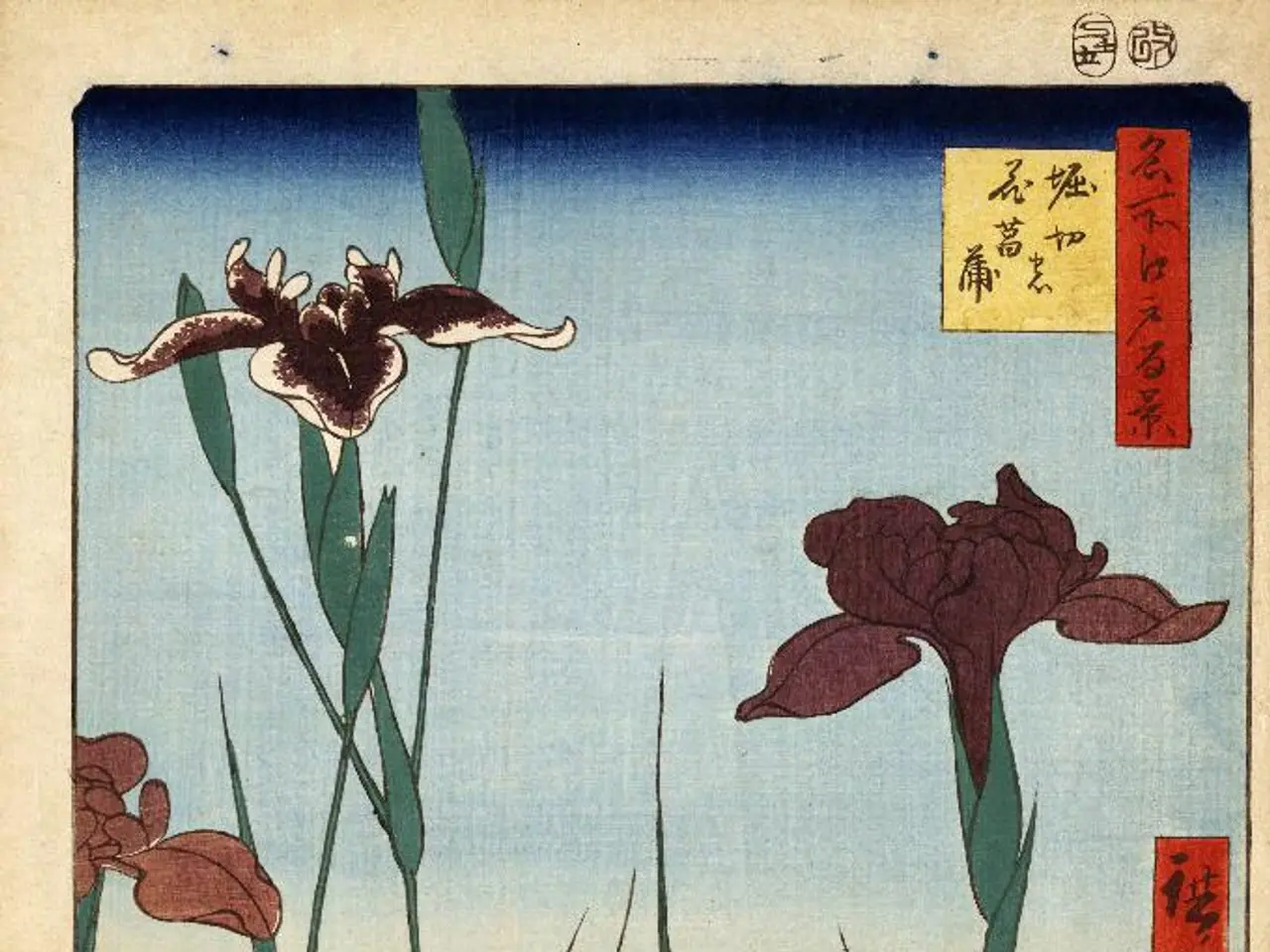Butterbur's Advantages, Potential Adverse Reactions, and Potential Hazards
Butterbur, a plant native to Europe and Asia, has been used for centuries to treat various ailments. Today, it is most commonly known for its potential benefits in migraine prevention and alleviating symptoms of hay fever. However, it is crucial to understand the safety, efficacy, and potential risks associated with butterbur before considering its use.
Butterbur extract has undergone several double-blind, placebo-controlled studies, suggesting it may be effective in preventing migraines. One study showed that 50 mg twice daily for three months significantly reduced the frequency of migraine attacks and the total days of migraine pain compared to placebo. Another study with doses of 50 mg and 75 mg twice daily found the higher dose to be significantly more effective than placebo, while the lower dose was not.
In terms of hay fever, butterbur has shown some positive evidence regarding its anti-inflammatory and antihistamine properties. These effects may help reduce nasal and sinus symptoms caused by allergies. While specific clinical trial details were not provided, butterbur is considered a natural alternative to conventional antihistamines, potentially with fewer sedative side effects.
However, the use of butterbur for asthma and Alzheimer's disease lacks robust scientific support at this time. There is no current scientific evidence or clinical trial data to support butterbur's role in treating Alzheimer's disease or enhancing cognition. For asthma, there is insufficient current evidence to draw firm conclusions.
A significant concern with butterbur is the presence of pyrrolizidine alkaloids (PAs), which can cause liver toxicity and damage if consumed in unprocessed forms. Modern butterbur extracts used in clinical studies are typically purified to be free of PAs. Despite the generally good safety profile in migraine studies, care should be taken to ensure the butterbur supplement is PA-free. More broadly, butterbur may cause mild side effects such as gastrointestinal discomfort or allergic reactions, but serious adverse effects appear rare when using PA-free products.
In conclusion, butterbur appears to be a promising natural treatment for migraine prevention and may help with hay fever symptoms, provided the product is processed to remove toxic pyrrolizidine alkaloids. However, its use for asthma, Alzheimer's, and other conditions lacks robust scientific support at this time. Users should choose high-quality, PA-free extracts and consult healthcare providers before use.
[1] The information in this article is based on the latest scientific findings available. It is always recommended to consult a healthcare provider before starting any new treatment or supplement regimen.
- Migraine sufferers might find butterbur extract beneficial for its possible role in preventing migraines, as several studies suggest its efficacy.
- In the management of migraines, a study indicated that a 50mg dose twice daily for three months significantly reduced the frequency of attacks.
- A higher dose of 75mg twice daily was found to be more effective than a placebo, while the lower dose was not as significant.
- Concerning hay fever, butterbur exhibits anti-inflammatory and antihistamine properties, which could potentially help alleviate symptoms.
- However, the evidence for butterbur's role in treating asthma and Alzheimer's disease is currently scarce, with no solid scientific support.
- A significant concern regarding butterbur is the presence of pyrrolizidine alkaloids (PAs), which can cause liver toxicity and damage if unprocessed.
- To ensure safety, modern butterbur extracts utilized in clinical studies have undergone purification to remove PAs.
- As with any supplement, users should opt for high-quality, PA-free extracts, consult healthcare providers, and stay informed about the latest findings in health and wellness, nutrition, skin care, fitness and exercise, mental health, therapies and treatments, medical conditions, chronic diseases, neurological disorders, and Medicare.




